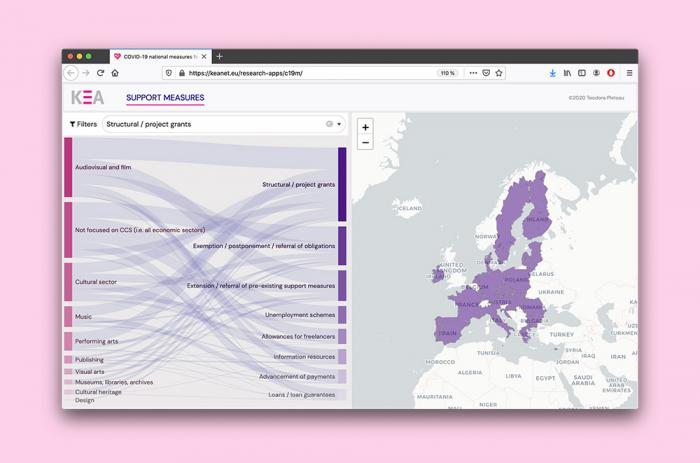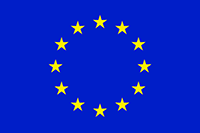The impact of the COVID-19 pandemic on the Cultural and Creative Sector
As KEA – European Affairs, partner of MESOC project, stressed in its report on the pandemic’s effect on the CCS for the Council of Europe, the Covid19 has wounded the essence of many forms of arts: the possibility to socialise and to stay together. At the same time, lockdown measures tremendously affected the business model and the economic environment of the CCS.
The fact that the CCS play a crucial role in people’s well-being and communities’ cohesion link (KEA & PPMI 2019, Research for CULT Committee – Culture and creative sectors in the European Union – Key future developments, challenges and opportunities, European Parliament, Policy Department for Structural and Cohesion Policies, Brussels) , as well as the fact that they represent the key to assure freedom of expression and innovation are sufficient factors to recognise the needs and ask for specific support measures for the CCS against the backdrop of the Covid19 pandemic.
Reassuringly all EU Member States have taken policy measures to mitigate the impact of the lock-down on CCS. In this regard, KEA has released the interactive visualization on national measures to mitigate the COVID-19 impact on CCS. The map is combined with a first analysis of the national measures taken to alleviate the economic and social crisis caused by the pandemic.
The map clearly presents both the measures adopted to support the global economy and the CCS in its entirety and across its sub-sectors. Some clear issues to be addressed in the immediate future emerge from the visualisation, namely the need for social protection for freelancers and the self-employed (33% of the CCS workforce, compared with an average of 14 % for the whole economy). The intrinsic precarity of CCS workers has been worsened by the pandemic, nevertheless only 17 countries implemented specific measures.
A methodological note on this research is available here.


